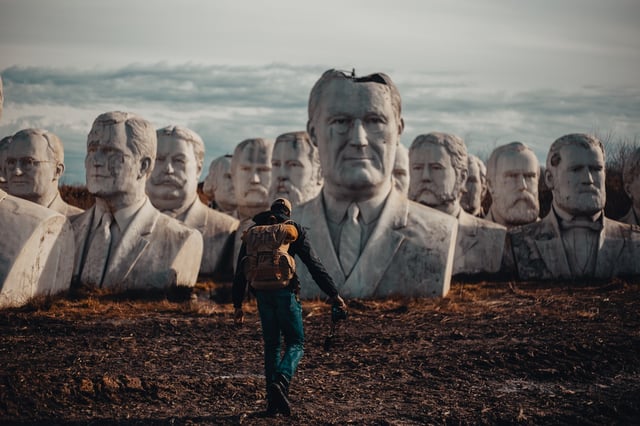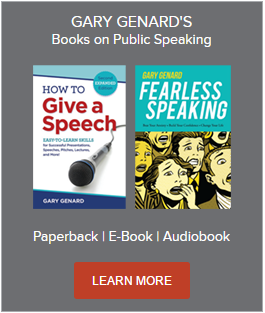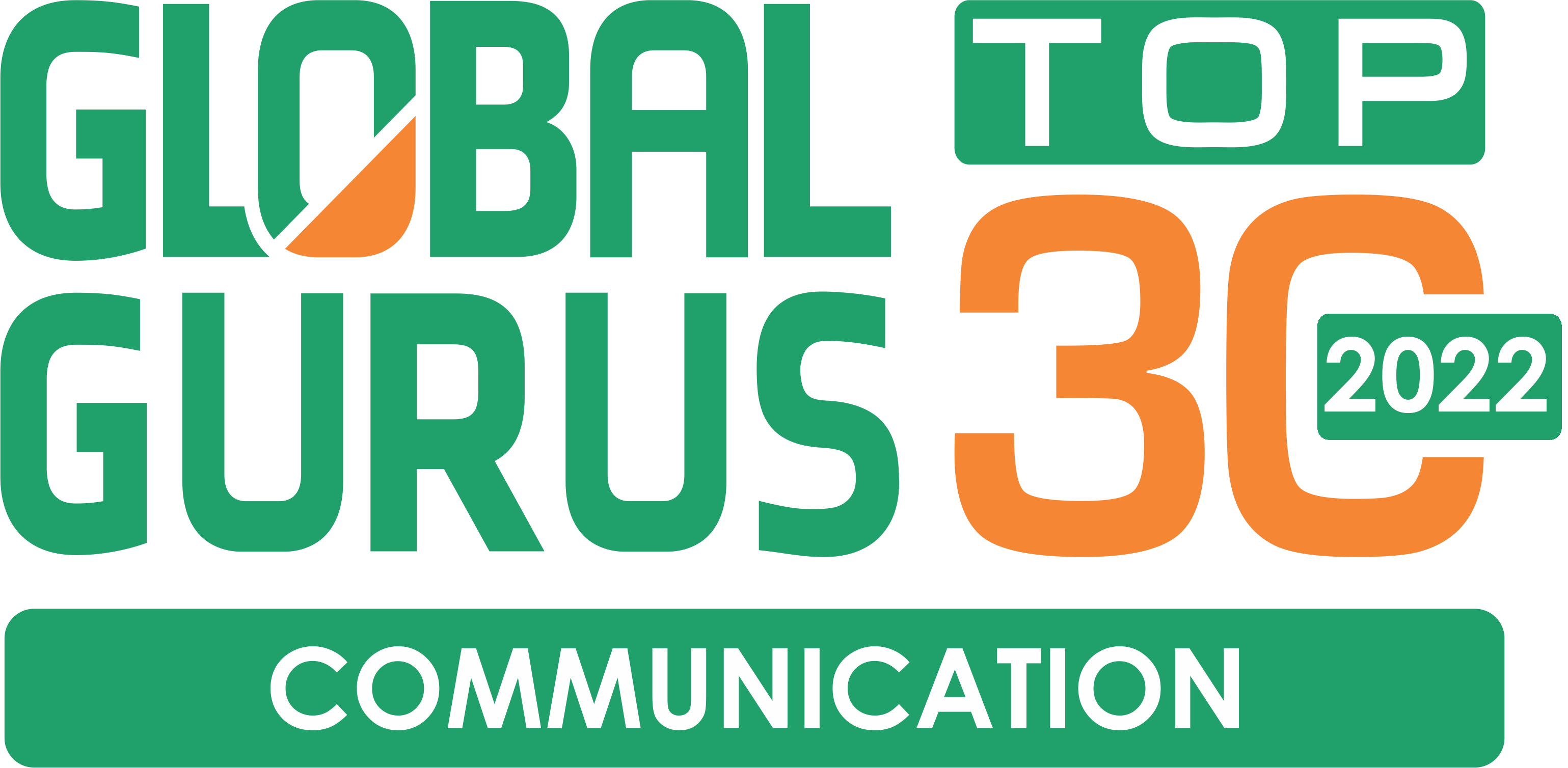
Does the thought of giving a high-visibility speech make you nervous? Here's a simple trick for being comfortable when speaking to a large audience.
Are you poised and confident speaking to small groups but filled with dread at the thought of a large audience? Many of my clients are, though the break-point they mention seems to be a moving target.
"I'm okay with up to a dozen listeners, but when it gets to be more than 30 people, I get really anxious."
". . . when it's more than 100 . . ."
". . . if I'm in front of a crowd of 400 people . . ."
Although the individual standard differs, when the crowd reaches critical mass the presentation seems to sink under the weight.
The skills for succeeding with audiences—staying positive, focused, and credible—are also the best ones for responding to challenges. Be prepared whenever pushback comes your way. Download my free cheat sheet, "7 Tips for Overcoming Audience Resistance."
It helps, of course, not to think of one's listeners as a "crowd." (Why not go all the way and call it a mob!) The other even more helpful hint is not to speak to a large audience at all. That's what this blog is about.

Why You're Not Speaking to a Multi-Headed Monster
But before we get to the trick, a few words on why we need to get our head in the right place. As with nearly all anxiety related to public speaking, our thought processes aren't what they should be, i.e., they just aren't realistic. And that puts an added and unnecessary burden on our shoulders. It's challenging enough dealing with the pressures that exist in high-stakes speaking situations. Why add self-defeating thinking to the menu?
Though it isn't rational (like much fear of public speaking), we can fall victim to imagining that our audience is a multi-headed monster. Who wouldn't feel menaced by a creature with 800 eyes, the same number of hands, and 400 mouths, ready to laugh us to scorn (or worse)?
That's why it's best to remember this essential fact: Audience members are the same people you talk to in everyday conversations—and they respond the same way. Your audience doesn't morph from a collection of autonomous beings to a bee-like swarm where individual thinking disappears once a magic number is reached. The same emotional response you bring to speaking with another person, needs to be there when that person is gathered with others.

The Secret of the Incredible Shrinking Audience!
Now how to put that thought into practice: You need to actually speak to your audience as individuals, rather than in the aggregate. If you're not in a darkened auditorium, make eye contact with one person for a few seconds, then connect with another individual, and so on.
Ignore the silly advice about looking at one person while you express one idea, or even worse, as you utter a single sentence. When robots take over the world you can go that route. Just speak organically and naturally, just as you do when you're chatting to someone one-on-one. And randomize where you look: none of the HERE-HERE-THEN-HERE-DING! like a typewriter carriage moving in one direction then back to the start and repeating the whole process.
If the house is dark (though of course the stage is lit), or the event is jumbo-sized and you're so far away that you can't make out individual faces, then speak to each section of the audience. Each person will think you're talking directly to them. Even better, now you're dealing with a small group—the type of audience that never made you anxious in the first place. You're having a conversation with a few people who share your interest in this topic. Nice.

May I Talk to You Privately for a Moment?
Here's the added benefit to that last point: You're at your best when you're speaking one-on-one, i.e., when you're conversational. Let's face it: the public speaking situation is artificial, and we have to learn how to handle ourselves within in. In terms of evolution, we're wired to speak to family, to a small group around a fire, or to a segment of our tribe. Facing a thousand people, all of whom are staring at us waiting for us to do something, can play to our primitive instincts like a hostile situation.
But it's just something that in our modern professional lives, we have to learn to live with and master. But here's the thing: Everyone you're speaking to is wired the same way you are. They too like small, intimate chats that involve a conversation around that campfire. They're comfortable listening and responding to someone they feel close to. And you'd better believe you too are at your best when you're a part of such a simple and natural conversation—from eye contact to body language to vocal warmth and expressiveness.
So have that conversation with each small group you talk to, one by one, inside that large audience. Whatever the numbers of attendees involved, nothing could be more natural.
You should follow me on Twitter here.



